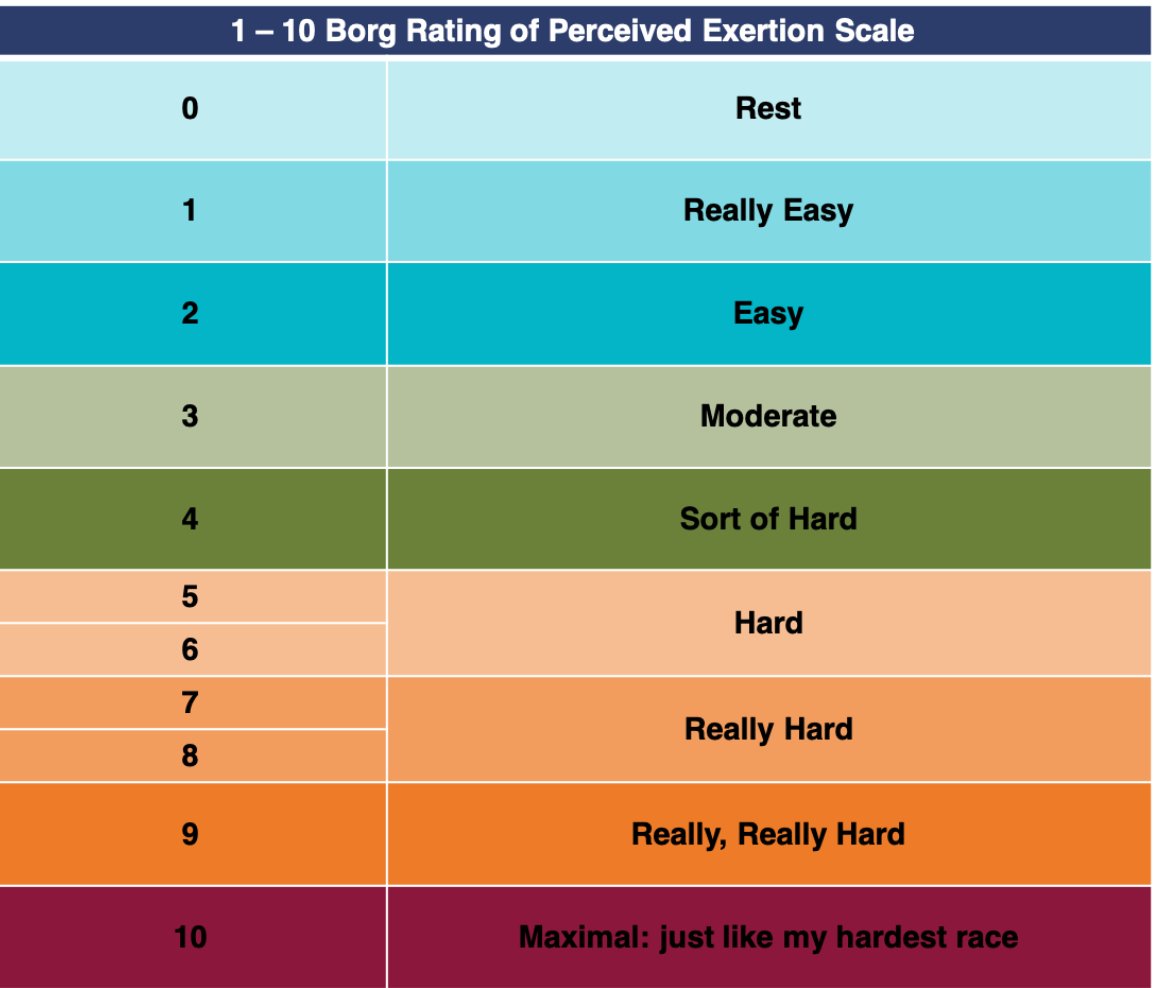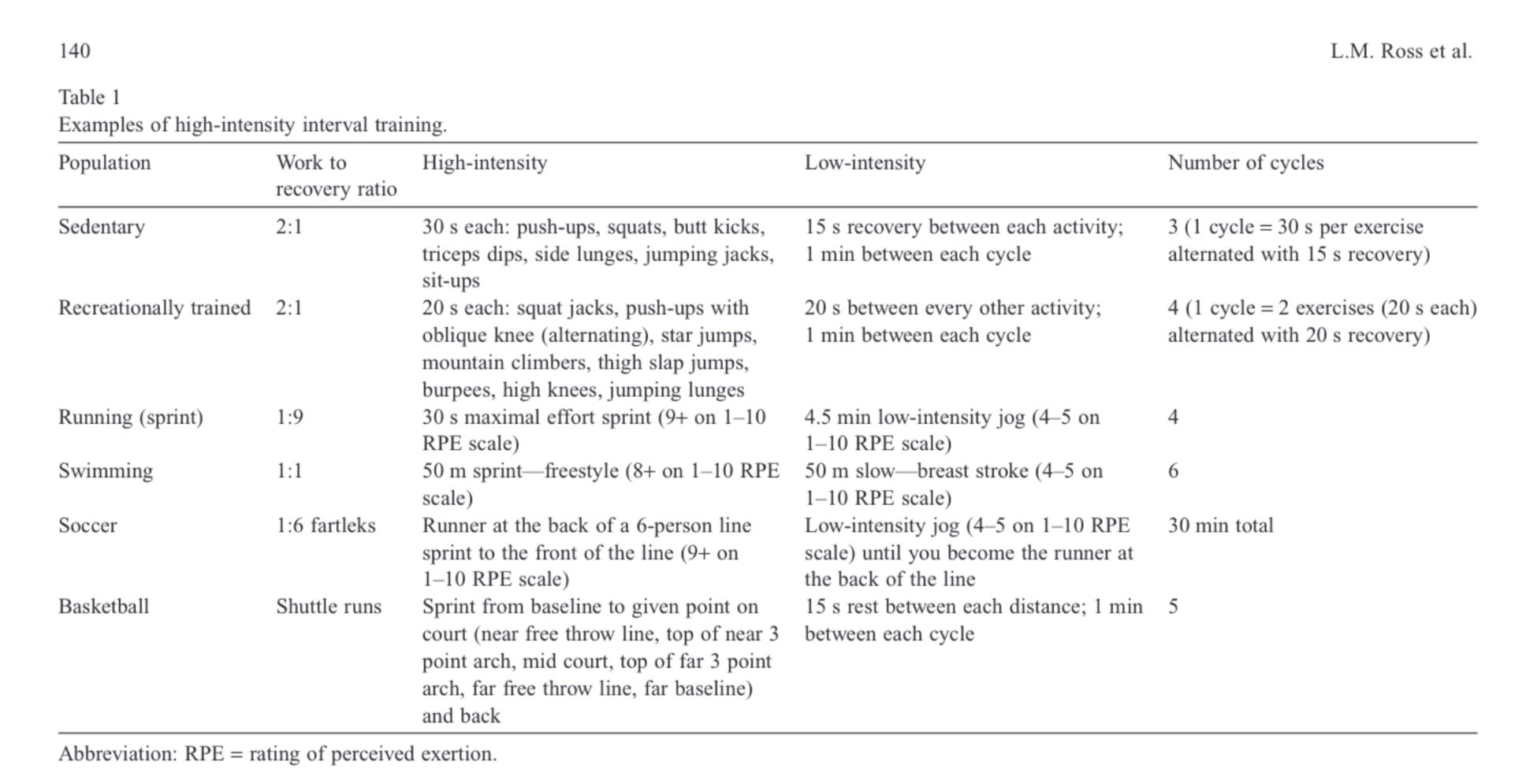What is High Intensity Interval Training (HIIT) and why is it so awesome?
We all know exercising is important, but who has time for that?!
High intensity interval training (HIIT) is an excellent option if you want to train your core, strength and cardio in one shot and in a short amount of time. HIIT training is also great if you no longer feel challenged with your current workouts as the body and cardio system does, indeed “get used” to exercise routines (1) and when tested against working out for 30 to 60 minutes at a time it proves to be just as effective in conditioning (2,5).
A HIIT work out is typically 30 seconds of “go as close to your max as you can with good form” then stop and rest for 10 seconds (3). Cycle 30 seconds on, 10 seconds off for at least 8 minutes, up to 30 minutes total (4). Those 30 minutes can be accumulated throughout your day too, working up to doing the 30 minutes all in one sitting. Start with 1 bout, working up as you are able to, using the soreness rules as your guide. A heart rate monitor is the best way to determine if you are working in your “max” zone.
Here’s how to find your max zone:
Take 220 minus your age
Multiply your answer by 0.8 and write that down.
Then multiply the answer to 220 minus your age by 0.9 and write that down too.
Those numbers are your optimal heart rate range for performing HIIT exercises. For example, if you are 45 years old your target heart rate for HIIT is 140-158 beats per minute: 220-45= 175. 175x0.8 = 140. 175x0.9=158
If you are out of shape and just starting to exercise again or you have other medical conditions that you are dealing with, start a little slower and lower and see how that feels for a couple weeks first (4).
Here’s how to find the moderate zone:
Take 220 minus your age
Multiply your answer by 0.6 and write that down.
Multiply the answer to 220 minus your age by 0.7 and write that down too.
Those two numbers are your optimal heart rate range for just starting out performing HIIT exercises. For example, if you are 45 years old your target heart rate for moderate exercise is 105-123 beats per minute: 220-45= 175. 175x0.6= 105. 175x0.7=123
If that feels too challenging you can even go as low of a multiplier of 0.4 and 0.5 (40-50%) and still receive benefits (4).
As always, get cleared first by your health practitioner to ensure you are healthy enough to start training.
The beauty of HIIT work outs is that you can can turn any movement, any exercise or any physical activity into a HIIT work out so long as you follow the principles of “go as close to your max as you can with good form then stop.” I like using kettle bells because they strengthen the arms and legs but also the core too. If I’m traveling or camping where I don’t have my kettle bells around I like doing other body weight exercises like planks, goblet squats, push ups or other jumping exercises. Even just jump roping, walking, biking or stairs can turn into a HIIT work out!
The reason why HIIT work outs work is that they specifically develop and improve muscle tissue efficiency (1). Remember your heart is also a muscle too and just like doing reps of movements for your core, arms or legs, the go/rest cycles of HIIT work outs gives your heart the ability to perform sets and reps too!
If you are on medications that limit your heart rate, here’s an alternative to determine your high/low effort for HIIT exercise.
If you’re just starting out alternate 0/3
Progress to 0/4 then 0/6
Above are some other ideas for programming your HIIT work outs (4)
Tools to Get Started!
Take the guess Work out of adding to your home exercise and self care tools with my tried and true list here!
Short on time, space or equiptment? Here are some minimalist whole body short circuits you can do in 2-5 minute chunks or 15-20 min if you do all three rounds of the circuit back to back. All you need is one kettlebell or dumbell!
Ready for more? Learn my clinic tested and highly effective minimalist circuit! Check it out here!
References
PB Laursen, DG Jenkins, The scientific basis for high intensity interval training. Sports Medicine 32 (1), 53-73. 2002.
AE Rowan, TE Kueffner, S Stavrianeas. Short duration high intensity interval training improves aerobic conditioning of female college soccer players. International journal of exercise science 5 (3) 6, 2012.
M Buchheit, PB Laursen, High intensity interval training solutions to the programming puzzle. Sports Medicine. 43 (5), 313-338, 201
L Ross, R Porter, JL Durstine. High intensity interval training for patients with chronic diseases. Journal of sport and health sciences 5 (2), 139-144, 2016.
F. Luciano et al, Move less, spend more: the metabolic demands of short walking bouts, Proceedings of the Royal Society B: Biological Sciences (2024). DOI: 10.1098/rspb.2024.1220




